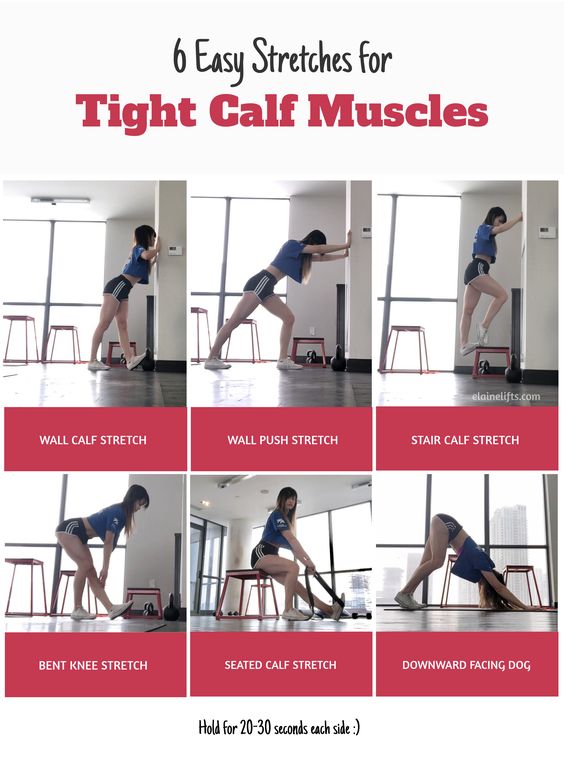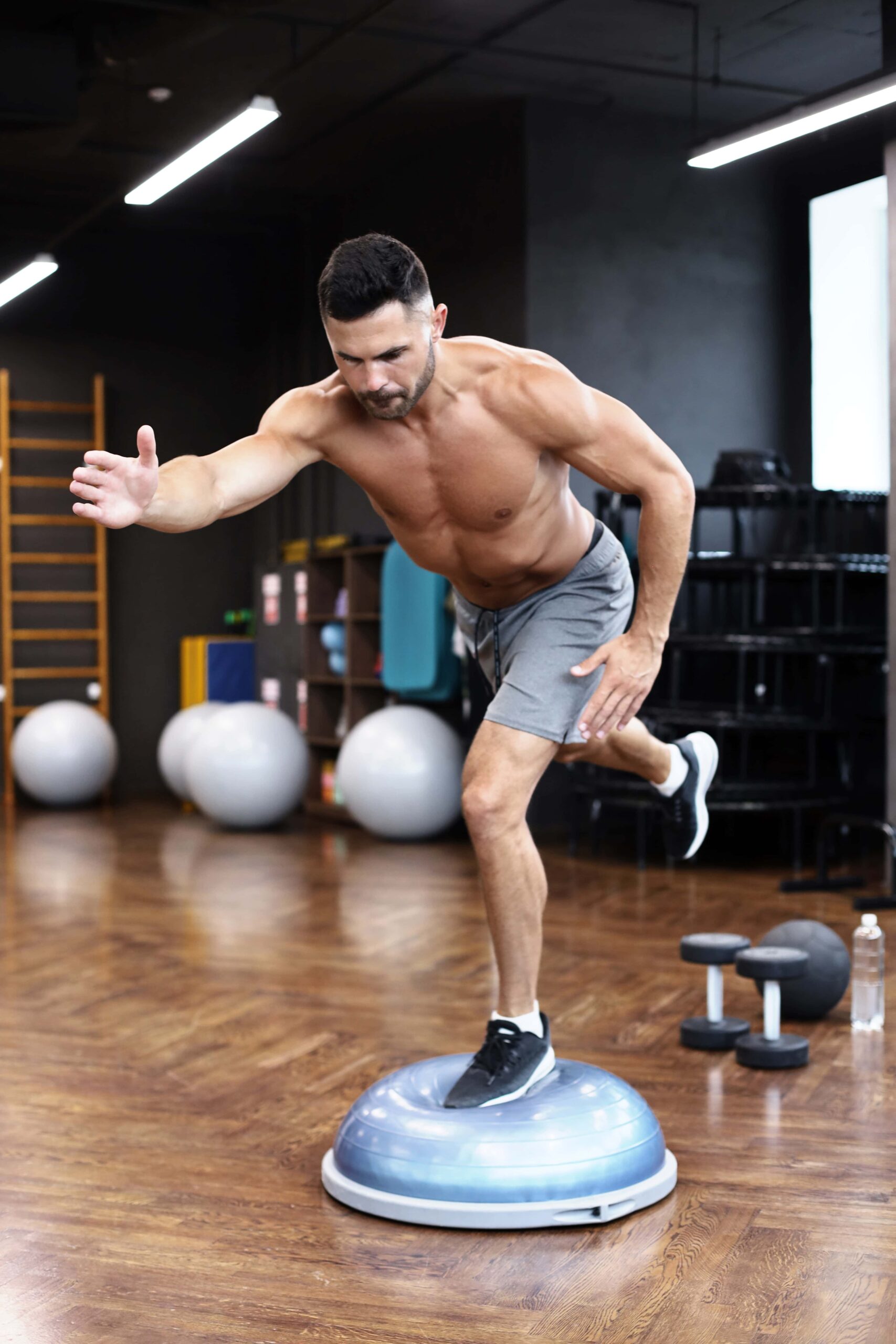It was shocking to watch the recent fight between Conor McGregor and Dustin Poirier. Even more surprising to realize that a calf injury can nearly paralyze a man and cause him to stop moving. Calf injuries are common, especially among martial artists who kick a lot.
Calf Injuries
In martial arts like Muay Thai and Taekwondo, athletes tend to develop calf sprains, strains, and even muscle tears. Since most athletes are reluctant to go to a doctor, they often hope that the pain or injury will pass. Injuries of the calf muscles begin insidiously. It can worsen as the training intensifies or as the period of training progresses.
Most people don't realize that the calf muscle is not an individual muscle. It's composed of multiple muscles, the largest of which is known as the gastrocnemius. The calf muscle attaches to your heel bone, the thigh bone, and the Achilles tendon. The smaller muscle is the soleus. The gastrocnemius has a heart shape and functions as a peripheral heart.
As it contracts, it forces blood from the periphery is pumped towards the heart against gravity.
You can have shin splints, a muscle tear, build-up of lactic acid, bruises, or hematomas in the calf due to repeated injury from falls or commonly due to kicks. Sometimes overtraining or a lack of warm-up, lack of muscle building can make you susceptible to damage. However, calf injuries can be prevented, especially if you find yourself sustaining recurring calf injuries.
How To Prevent Calf Injuries?
You can prevent calf injuries for the most part. Or at least build a profile that doesn't injure as easily. Here are the fives best ways to do so.
Stretches and Warm-up
We mean a real warm-up. Not the five minutes after you made a mad dash from work to the dojo. Your warm-up time must figure into your training routine. Spend 15 to 20 minutes to stretch the muscle before you start training and sparring. A good warm-up will improve the extension and flexibility of the muscle.
It also improves the circulation of the muscles. And while combat athletes often focus on the joints and muscles of the upper leg, you need to stretch the muscles and tendons of the lower leg. A few stretches like the following are helpful.
Calf Stair Stretch: You'll need a step or stairs for this. Stand on the edge of a step, keep your heels off the edge.

Source: journeytomobility
Drop your weight gently until you feel the muscle pull. Hold this position for twenty to thirty seconds. Repeat it four times. All you should feel is a tug. If you feel pain, the muscle is probably torn or injured.
Soleus Stair Stretch: Here, instead of the soleus muscle, you isolate the soleus muscle. To do this, bend your knees slightly as you stand on the edge of the stair.
Drop your weight gently backward till you feel a tug at the back. Hold for thirty seconds. Repeat four times.
3-Way Calf Raise: This is a set of calf raise exercises. It starts with the forward raise. You stand on stairs with the toes of both feet on the step. Keep the arch and heel off just like the calf stretch. Point both toes forward and lower your heels down. Do this until or as far down as you can by balancing with a rail for support. Then, raise on your toes in a slow, controlled movement. Alternate these movements back and forth, lowering and raising yourself. Repeat this to complete a set of 10 to 15 raises.
Follow that up with an Inward facing raise. Using stairs, point your toes inward. Make sure they face each other. Lower your heels and raise them as you did previously. Control the movements, so they are slow and repeat for a set of 10 to 15.
The last part of this raise is the Outward-facing raise: Point your toes away from each other. Ensure your heels are nearly touching. Lower yourself and raise your heels in a slow controlled manner. Do a set of 10 to 15.
These stretches will put your muscles to work if you don't cheat and allow gravity to take over with the momentum. As you perform these stretches in three different ways, you cover every angle that your muscle works out in reality. While sparring, you do so at different angles, speeds, and steps; the muscle works in different positions. This way, training your muscles will reduce any shock moves or odd angles that your legs will encounter while training.
Care for your Achilles Tendon
While your focus on the calf, doesn't also forget to stretch the Achilles tendon. Strengthen the muscles around the tendon to prevent it from snapping from a sudden change of movement.
Strengthen the Muscle
Contraction of the muscle depends on the length and strength of the muscle. To build strong muscles that don't fatigue quickly, develop your gastrocnemius gradually by weight training. You can do a seated dumbbell calf raise, use a leg press machine; farmers walk on toes with kettlebells by the side, box jumps, seal jumps, and lateral raises. The list is endless.
Single-Leg Calf Raises with a BOSU: A BOSU is a challenging piece of equipment that can re-create the unstable surface of your training mat. Move the BOSU close to a rail or and on a surface where you are supported. Do as many single calves raise as possible without balancing with hands. It will cause an intense in your calves and the smaller muscles of your foot. What a BOSU does is also improves your overall balance.
Short Hops: This will incorporate a plyometric exercise into your routine. Use a BOSU to do mini hops. This prepares your calf muscles for explosive movement, according to physical therapists.
Try Heel Walking: Walk on the training mat with your heels 5-10 times. This will stretch the muscles of the shin.
Wear Calf Sleeves
Calf sleeves are compression stockings. This is especially true if you feel a minor tear or have veinous blood accumulation, then wear compression stockings and elevate your feet after a workout. This will prevent any lactic acid build-up and also allow blood to flow out of your calf. Do not wear them while sleeping.
Calf Massagers
You may want to check out some of these calf massager options. The first is a calf massage ball. This will relieve any tightness in your calves. Another option is a simple foam roller. You can use this even a few weeks after an injury as you roll the foam roller under the calf. If you have pain, you may even want to consider getting a TENS machine to relieve you of pain and tenderness.
Recurring Calf Injuries
After meeting with a doctor and diagnosing your injury, you may want to look at your problem long term. Address which muscle and identify why you have calf injuries repeatedly. Is it the strength or lack of balance?
Work with a physical therapist to build up the muscle and do the exercises until you have a safe period of no injuries. Calf injuries take time to heal. A single tear can put you out for six weeks, the first of which will put you on crutches to keep weight off. It is not fun for any committed athlete. So take the time to work on your prevention strategy.
Have You Ever Torn A Calf Muscle?
If you have torn a calf muscle, let us know what you did to prevent future injuries. Minor squeaks and aches occur from time to time in calf muscles at the dojo. However, preventing them from happening will also allow you to train with a clear mind and an injury-free body. After Conor McGregor injured his calf, he said, "My leg is completely dead," and rightly so, losing your calf is like losing your leg.
Still need more information about calf injuries? Check out our comprehensive section on Calf Injuries, which will provide a detailed understanding of causes, diagnosis and treatment of various calf conditions.


